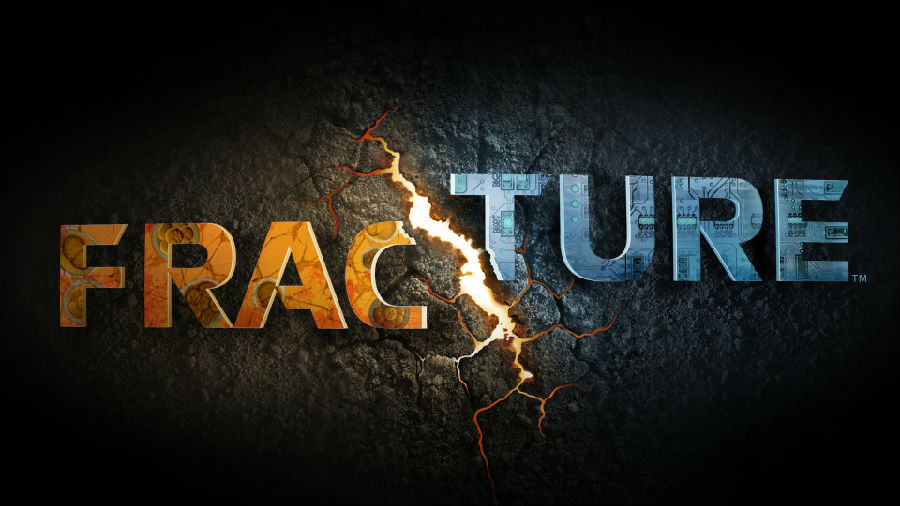第二單元 課文三 骨折
WHAT CAUSES A FRACTURE?
骨折的成因?
When outside forces are applied to bone it has the potential to fail.
當(dāng)外力直接作用于骨骼時,它將遭受骨折危險。
Fractures occur when bone cannot withstand those outside forces.
當(dāng)骨骼無法承受外力時會發(fā)生骨折。
Fracture, break, or crack all mean the same thing.
骨折、破裂以及破碎都是同樣的意思。
One term is not better or worse than another.
所處情況相同。
The integrity of the bone has been damaged and the bone structure fails and a fracture occurs.
骨骼完整性遭到破壞,骨骼結(jié)構(gòu)發(fā)生斷裂,并導(dǎo)致骨折發(fā)生。
Broken bones hurt for a variety of reasons including:
因骨折引發(fā)疼痛原因如下:
The nerve endings that surround bones contain pain fibers.
包裹在骨骼周圍的神經(jīng)末梢擁有疼痛纖維。
These fibers may become irritated when the bone is broken or bruised.
當(dāng)遭遇骨折或挫傷,纖維將受到刺激。
Broken bones bleed, and the blood and associated swelling (edema) causes pain.
骨折處會發(fā)生出血情況,再加上水腫就會引發(fā)疼痛。
Muscles that surround the injured area may go into spasm when they try to hold the broken bone fragments in place, and these spasms may cause further pain.
為使破裂骨骼歸位,受傷處肌肉會發(fā)生痙攣,并將再次引發(fā)疼痛。
Often a fracture is easy to detect because there is obvious deformity.
由于出現(xiàn)明顯變形,骨折通常極易發(fā)覺。
However, at times it is not easily diagnosed.
但有時會很難確診。
It is important for the physician to take a history of the injury to decide what potential problems might exist.
對于醫(yī)生而言,了解病人的既往受傷病史,發(fā)現(xiàn)潛在問題極為重要。
Moreover, fractures don’t always occur in isolation, and there may be associated injuries that need to be addressed.
此外,骨折并不總是獨立出現(xiàn),連帶問題也需要解決。

Fractures can occur because of direct blows, twisting injuries, or falls.
直接重擊,扭傷或墜落都有可能引起骨折。
The type of forces or trauma applied to the bone may determine what type of injury that occurs.
不同外力或不同外傷類型會決定受傷種類。
Some fractures occur without any obvious trauma due to osteoporosis, the loss of calcium in bone (for example a compression fracture of the vertebrae of the back).
因骨質(zhì)疏松或骨質(zhì)缺鈣,許多骨折并沒有明顯外傷(背部椎骨的壓縮性骨折)。
Descriptions of fractures can be confusing. They are based on :
對骨骼的描述通常會含混不清。它們依據(jù)的是:
where in the bone the break has occurred
骨折部位
how the bone fragments are aligned
骨折原因
whether any complications exist
是否有并發(fā)癥
whether the skin is intact
皮膚是否有損傷
The first step in describing a fracture is to decide if it is open or closed.
描述骨折的第一步是判斷開放性還是閉合性。
If the skin over the break is disrupted, then an open fracture exists.
若骨骼外部皮膚遭到破裂,那么就為開放性骨折。
The skin can be cut, torn, or abraded (scraped) , but if the skin’s integrity is damaged, the potential for an infection to get into the bone exists.
我們可以將皮膚撕裂,但若皮膚完整性遭到破壞,傷口感染可能性加大。
Since the fracture site in the bone communicates with the outside world,
由于骨折處與外界相通,
these injuries often need to be cleaned out aggressively and many times require anesthesia in the operating room to do the job effectively.
受傷處通常需要大面積清理,有時需要麻醉來完成清洗。
Compound fracture was the previous term used to describe an open fracture.
有創(chuàng)骨折就是在形容開放性骨折。
譯文屬可可英語原創(chuàng),未經(jīng)允許,不得轉(zhuǎn)載。



